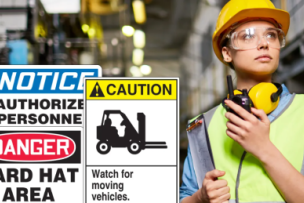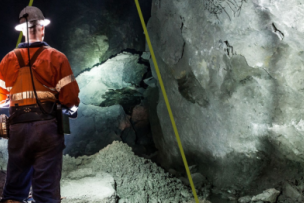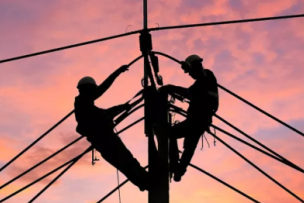Roadwork, construction and emergency response are not limited to the daytime, and it is essential to be easily seen in all light conditions. PIP has been a leader in Hi-Vis garments for all applications where workers are at risk. Being seen is important and so is staying warm and dry. PIP offers garments for all climates, from lightweight vests through to warm winter jackets, to keep workers safe and seen no matter what the conditions.
UNDERSTANDING THE ANSI STANDARD
The ANSI/ISEA 107-2015 is now the approved standard for High-Visibility Safety Apparel and Accessories offering garment categories of performance classes. These classes are based on worker hazards and tasks, the complexity of the job site's background and vehicular traffic and speed.




Talk to Us!
Leave a reply
Your email address will not be published. Required fields are marked *